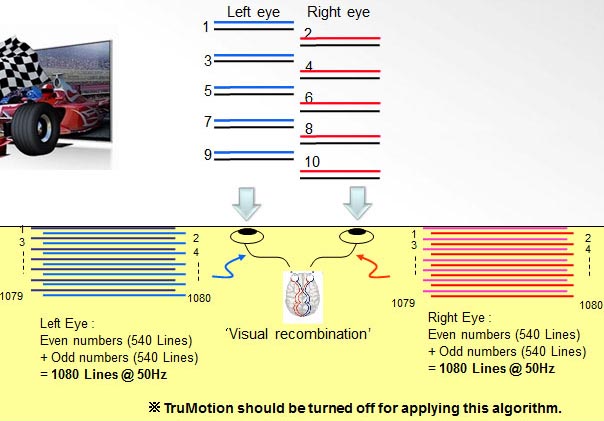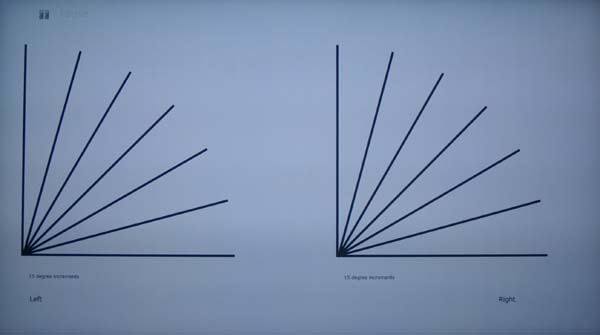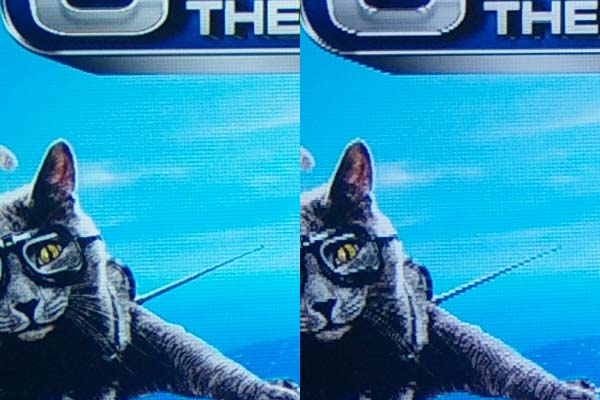I was going to write something nasty about a device called The Exorcist from a company called The Gryphon. But I’ve had mine for quite a few years, so I thought I’d better check if it was still a current product.
Well one of the first links I checked had itself an intriguing link to the VibraPortal ‘device’. I followed this to see what it could all be about. It turns out that this is a device that its vendors claim ‘will clean the system with mechanical energy using our proprietary crystal formulas.’
The entry level model (‘designed to liquify your music to give a smooth and addicting listening experience’) costs only $199. The next level up comes in two varieties and costs $299. But the creme-de-la-crème ‘Earth’ model will set you back $1,295.
Surely it’s worth it since it delivers these benefits over the $299 model:
- Quicker and tighter sound.
- Both silkier and clearer sound.
- More microdetail and higher resolution.
- Bigger bass with more texture.
- Complex passages don’t smear together.
- Harshness is removed which gives a true black background and less listening fatigue.
- Bigger and more spaceous soundstage.
- “Open window” transparency.
- More ambient space between each sound even when they have longer attack and decay.
- More realism in vocals.
So what are these wonderful devices?
Why, they are rocks with a bit of ‘silver cloth’ apparently glued on one side. You will be happy to know that you can use ‘multiple units for higher performance’.
Here’s a picture of the expensive one
, which I’ve shameless ripped off from their website. I don’t feel at all bad about this since they are themselves quite shameless:

After the instructions is the somewhat obscure statement:
Note: 1 week building time
Clever, huh? When you’re reading their page you probably won’t even see that, and if you do its meaning isn’t immediately obvious. But let’s say that 1. you are silly enough to pay a couple of hundred, even thirteen hundred, dollars to someone for a rock, 2. you are not quite silly enough to convince yourself that you can hear it making a difference, and 3. you have the balls to ring them up to complain. Well, then, they have an out.
Because what that statement means is that the effects of the rock aren’t immediate. They have to be in place for a week before they do their good work. So, they can tell you, go back, play some more stuff, wait a week. Your system will gradually improve in sound over that time! How will be you able to tell that it hasn’t?
Here’s a place that sells the silly thing.
Apparently.
I’m still not certain that this isn’t simply some kind of weird parody. The same seller is offering a used ten metre power cable (‘Coconut-Audio Rattlesnake Grim Reaper’) for just $80,000. But maybe not. Here are a set of four 2 metre power cables for $8,400 from the same site. The only difference between paying $2,100 for a power cable and $80,000 is wealth. Both are equally nutty.










